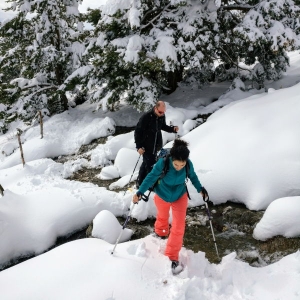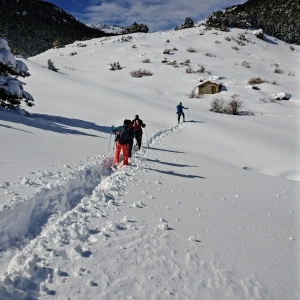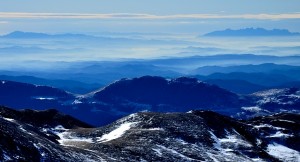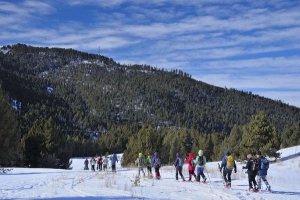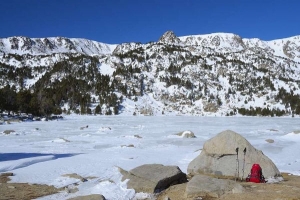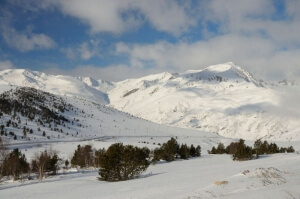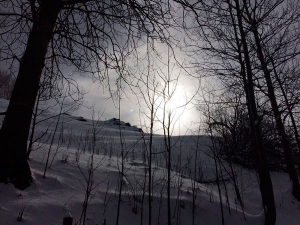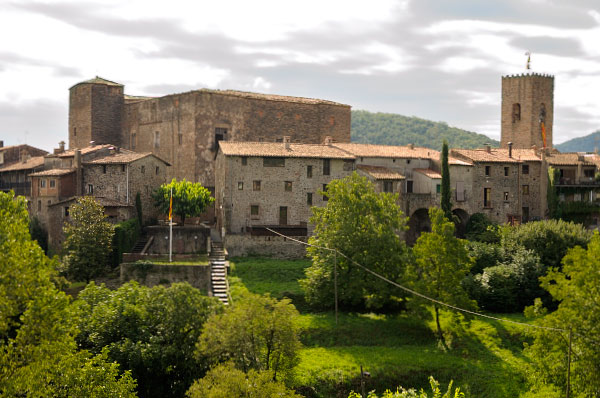
A Walkers Guide to La Cerdanya: The Great Valley of the Pyrenees.
A Walkers Guide to La Cerdanya: The Great Valley of the Pyrenees.
Its privileged situation and particular geographic standpoint make La Cerdanya one of the most attractive and well-defined natural regions in the Pyrenees. Is characterized mainly by the contrasts between the vast plain, crossed by the river Segre and where the main towns and roads are located, and the towering mountains and mountain ranges that surround La Cerdanya, with heights just below 3,000m.

Where exactly is La Cerdanya?
La Cerdanya is a flat-bottomed depression, located at 1,000m, eastern – western oriented, about 40km in length and 8 to 10km wide. It is one of the widest alpine valleys in Europe with three thousand sun hours per year. Its position determines its climate, partly Mediterranean and partly Atlantic.
Administratively, it is divided between the Spanish and French states since 1659, because of the Treaty of the Pyrenees. This current border has no relation with the natural limits of the county. The northern part belongs to France, and is named the High Cerdanya, and its capital, Montlluís, dominates the entrance to the regions of Capcir and Conflent.
The southern part, named the Low Cerdanya, belongs to Spain, and its capital is Puigcerdà.
The highest peak in the Catalan Cerdanya is Puigmal.
La Cerdanya, a diverse area
Its diversity and beautiful landscape is clearly evident: from pure Mediterranean traits to alpine meadows of high altitude, you can even find sub-Mediterranean woods, beech forests, boreal woodlands of scots pines and sub-alpine conifer woods with dwarf mountain pines and silver firs. The vegetation is considered of special interest, since its low temperatures, the high degree of humidity in the area, and its altitude have all contributed to the existence of species which are not characteristic of the Mediterranean region but of northern Europe and the high alpine or European mountains instead.
The flora and fauna of the Cerdanya, varied and abundant, has always been of great interest and due to this the Natural Park of Cadí-Moixeró was created.
The art of the Cerdanya, for the most part religious, is emphasized by the great abundance of Romanesque monuments found in many of the towns in the region. Also examples of the Gothic and Baroque can be admired.
The valley is well connected to the important centres of Catalunya by the Tunnel of the Cadí and with Perpignan, Toulouse and Lleida by good national and international roads. It has become an outstanding centre for leisure and holiday-making, with exceptional hotels.
To learn more about La Cerdanya, take a look here.
If you want more information about any topic covered by this article, please do not hesitate to contact me through this contact form. I will be pleased to help you.


